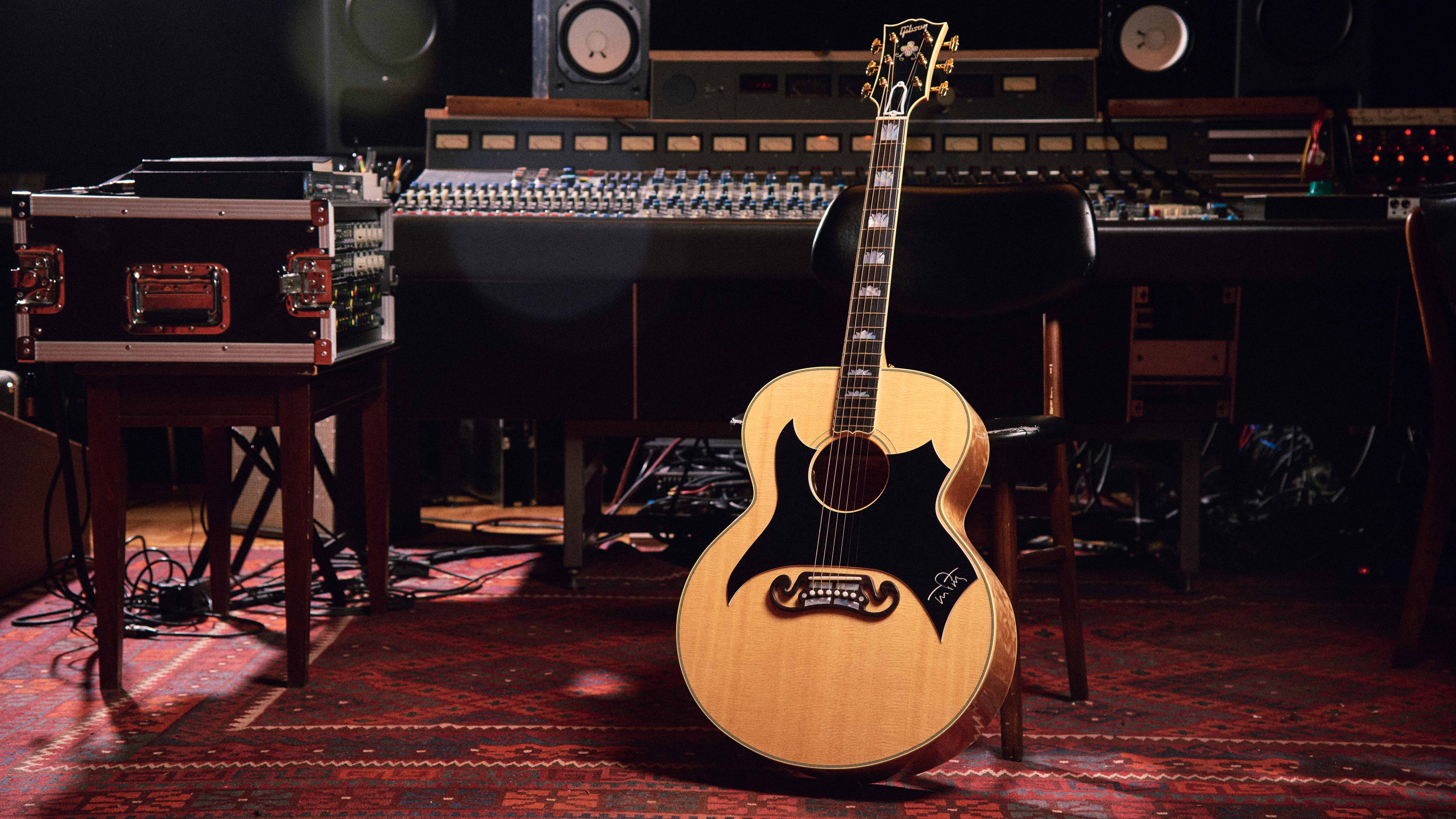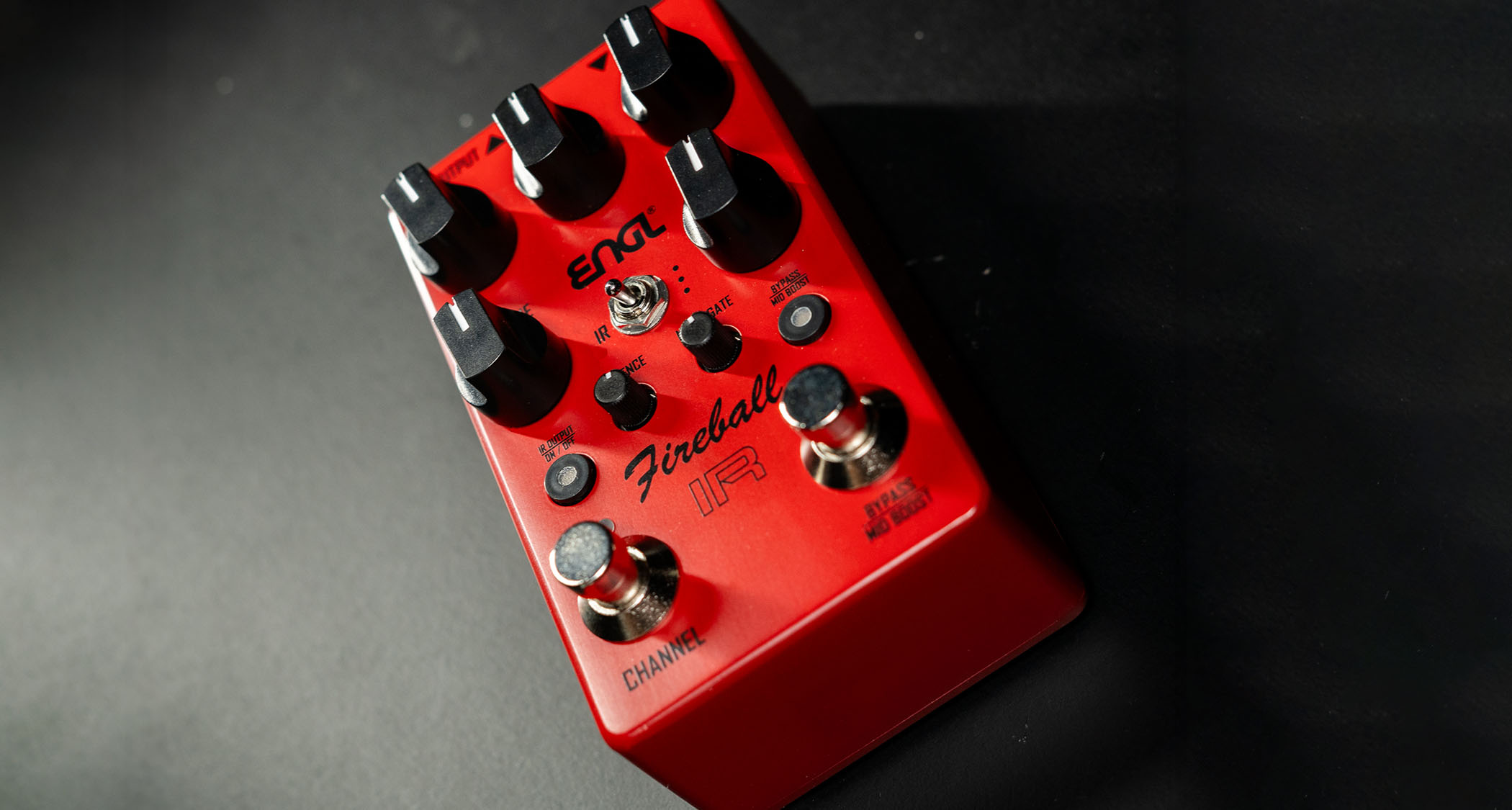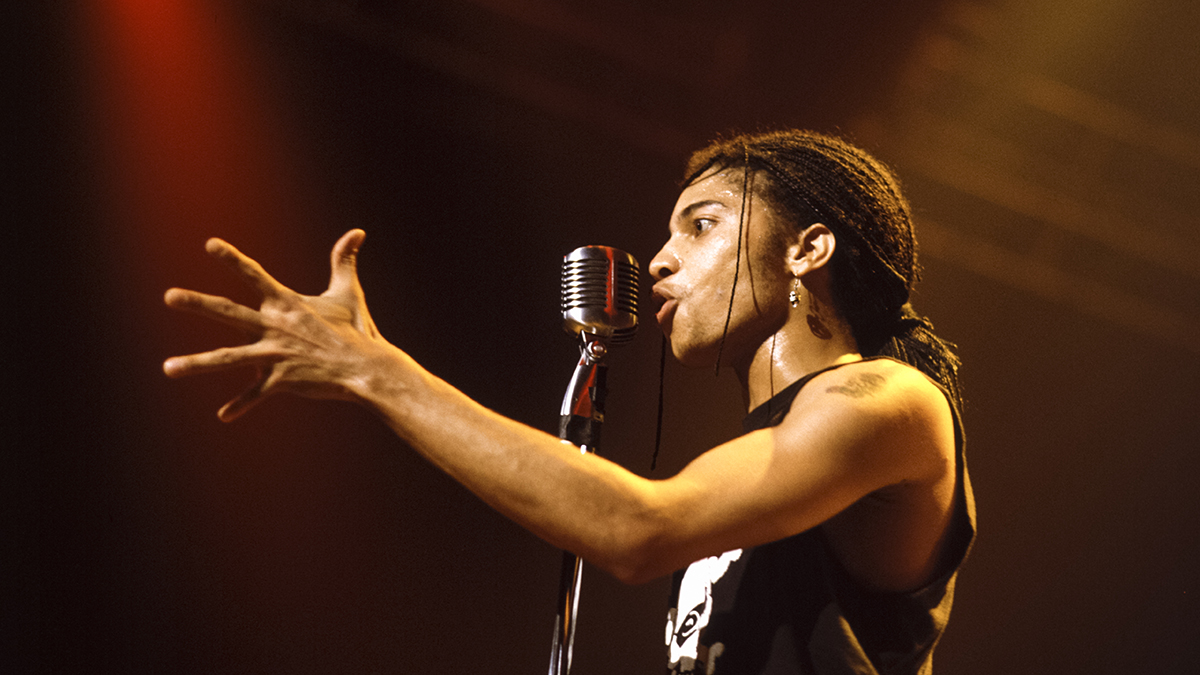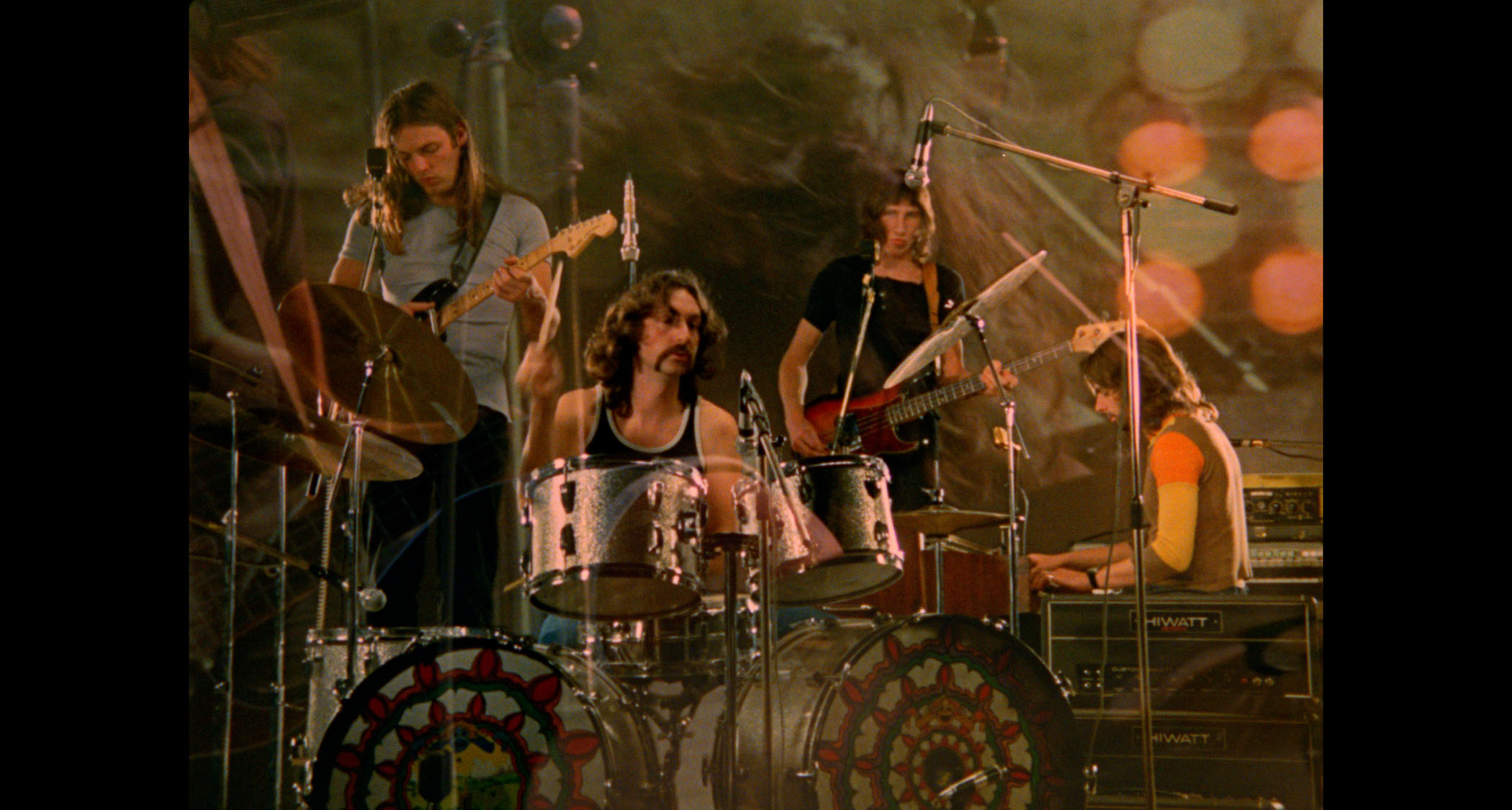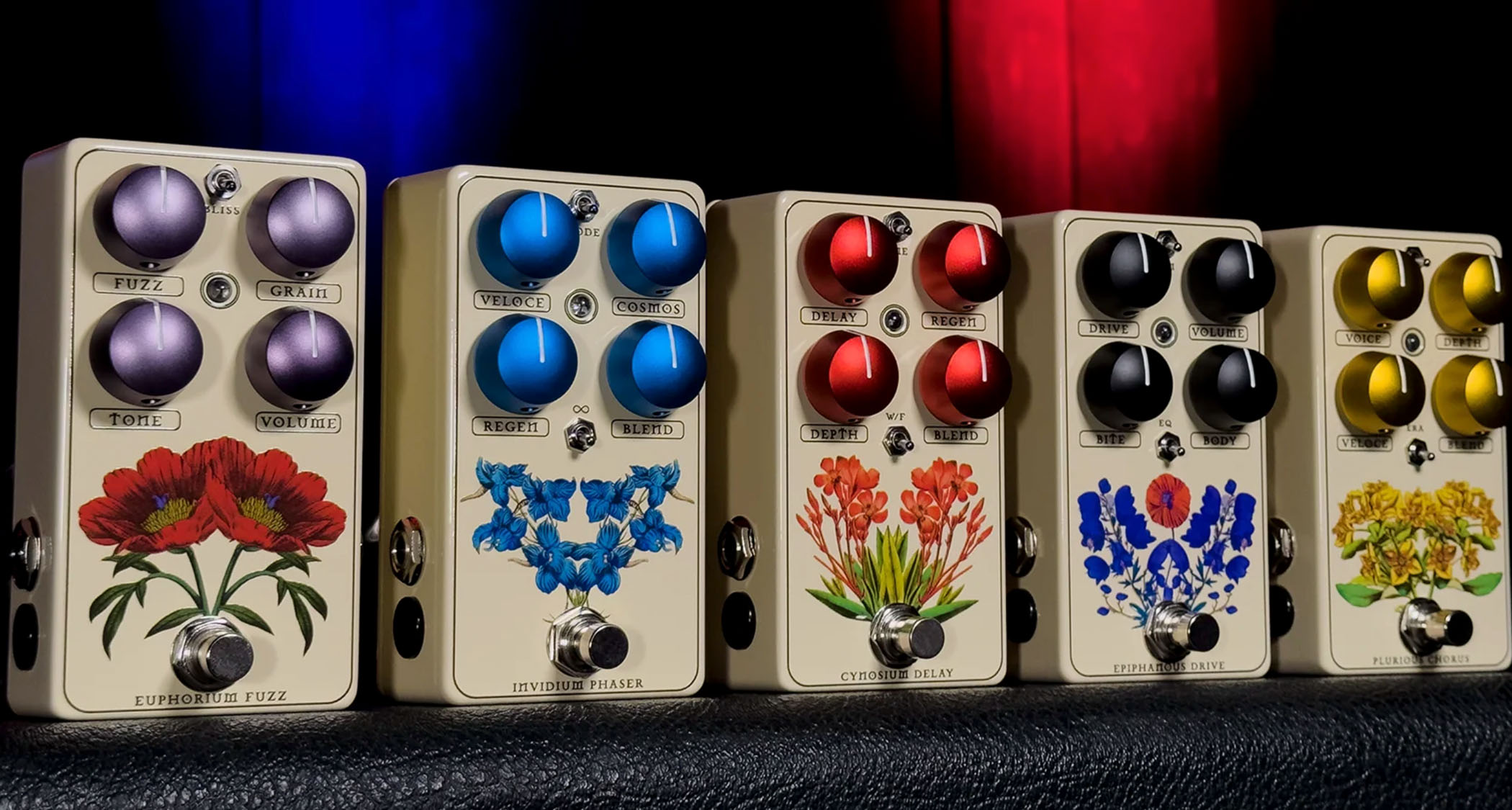5 songs you need to hear by Tom Petty
Petty's discography is a long road that ended too soon – here are some good places to start with a legendary songwriting legacy

It's now over six years since we lost Tom Petty. The American icon suffered a cardiac arrest and died on the 2nd of October 2017, having contributed far more than his fair share to the American songbook over the course of his 40+ year career.
Celebrated as a songwriter, but often overlooked as a guitarist in his own right, Petty was a master craftsman, with a natural knack for knowing how to pace a song for maximum tension and release - often using just a handful of four chords or fewer to do so.
Alongside his long-serving accomplice, Mike Campbell, he pioneered a succinct, unflashy and distinctly American brand of guitar-led rock n’ roll music, which positioned him as a working man’s hero or ‘guitarist of the people’.
Now the inclusion of his song Love Is a Long Road – from 1989's Full Moon Fever – in the first trailer for the forthcoming videogame Grand Theft Auto VI (over 140 million views on YouTube in under a week) is bringing him to a new audience again.
Whether with The Heartbreakers, the Traveling Wilburys or under his own steam as a solo artist, Petty belonged in a relatively exclusive club of guitarists who could never be accused of over playing, yet he had an instantly recognisable sonic thumbprint and style.
He became synonymous with the jangly rhythm sound of Rickenbacker guitars, having been influenced by bands like The Beatles and The Byrds, and took the lessons he’d internalised from listening to their music on repeat as a youngster, to create richly textured songs with layer upon layer of six-string, twelve-string, acoustic and electric guitars.
With so many outstanding songs to choose from, whittling them down a list of five essentials is no easy task. Petty’s biggest hit, Free Fallin', is full of gorgeous suspended chords and layered-up guitar tracks. Songs like American Girl and I Won’t Back Down are masterclasses in propulsive heartland rock, while the “out there” electric sitar playing and ‘80s production of Don’t Come Around Here No More is a shining example of Petty’s ability to move with musical trends, while maintaining his unique musical identity.
Get the MusicRadar Newsletter
Want all the hottest music and gear news, reviews, deals, features and more, direct to your inbox? Sign up here.
But, if you’ve arrived at this list, the chances are that you’re familiar with all the smash hits. Here, we’ve chosen five slightly lesser-travelled greats from the Tom Petty canon to celebrate an artist, bandleader and guitarist that’s sorely missed all over the world…
1. Breakdown – Tom Petty & The Heartbreakers (1976)
Breakdown was recorded in 1976 at Shelter’s Hollywood studio for Tom Petty & The Heartbreakers’ self-titled debut. With the backing of producer Denny Cordell, the record was set to be the band’s first big break but, to Petty’s disappointment, failed to garner much attention on US soil.
It was in the time when rock itself had become really big and bloated and songs had turned into seven minute exercises of, you know, bullshit
When the band toured the UK the following year, however, they were welcomed by New Wave and punk fans alike, thanks to their succinct songcraft and edgy, dual-guitar driven sound. In an interview from Peter Bogdanovich’s excellent documentary about the band, Runnin’ Down A Dream, Petty reflects on how he and The Heartbreakers “started out as a sort of alternative band. It was in the time when rock itself had become really big and bloated and songs had turned into seven minute exercises of, you know, bullshit.”
Clocking in at a lean two minutes and forty-four seconds, ‘Breakdown’ represented the absolute antithesis of this, and became one of the band’s very first breakout songs in the UK. Eventually, it would go on to crack the top 40 in the United States as well.
In terms of lead guitar, the stand-out element of the song is the slinky and bluesy descending minor pentatonic lead refrain that Mike Campbell plays over Petty’s foundation of repeating Am and G chords.
The story goes that Campbell had originally intended only to play the now classic and highly singable line towards the end of the song, but was encouraged to make it a hook when Dwight Twilley (who had been brought into the studio to provide backing vocals on some songs) expressed how much he loved it. Petty agreed, and the track was re-recorded with the lick now featuring front and centre.
A stand-out early performance of the song can be found in a 1978 episode of The Old Grey Whistle Test, in which Campbell uses his Gold Top Les Paul Standard with coverless P-90 pickups and Petty uses a Gibson Flying V - the guitar that inspired The Heartbreakers’ classic ‘pierced heart’ logo.
Interestingly, although Petty is pictured using this guitar during the UK tour (perhaps for its superior, on-brand good looks), he actually cut his guitar parts on the album using a 1964 Fender Stratocaster belonging to Campbell because - at the time of recording - he didn’t own an electric guitar of his own.
Here Comes My Girl - Damn The Torpedoes (1979)
Released as the third single from TPATH’s commercial breakthrough record, Here Comes My Girl was written by Mike Campbell with Tom Petty, and recorded at Sound City Studios under the direction of new producer, Jimmy Iovine.
Iovine had been brought in to impart some of the New York grit that the band loved so much about his work with Bruce Springsteen and Patti Smith.
The track kicks off with some simple, but not entirely common chord choices which repeat from the intro, right through until the end of the first verse. The first is a bog standard A major, but the second is the slightly spicy, attention grabbing B/A.
Simply by moving the A major chord shape up two frets, but allowing the open A string to keep ringing out underneath, Petty achieves a suspenseful loop as he bounces between the two chords and speak/sings his contemplative verse lyrics over the top.
The tension builds over the course of an entire verse before being resolved in glorious, punch-the-air heartland rock style when the first strike of the chorus's big E major chord comes in. It’s a masterclass in how to achieve a lot without having to reach for the book of “expensive” chords that sits gathering dust on many a guitarist’s top shelf.
The album on which Here Comes My Girl appears is also famous for its cover shot, which features Petty holding a 1967 Rickenbacker 660/12 twelve-string guitar in a Fireglo finish. It was this that first served to make Tom Petty synonymous with Rickenbacker guitars, and as an unintended side effect, being associated with the band helped bolster Rickenbacker’s brand image no end. For this, they paid Petty back in 1991 with a signature model - the Rickenbacker 660/12TP.
Interestingly, the guitar on the album cover actually belonged to Mike Campbell, and he was the one who used it on Here Comes My Girl for all of those tasty licks, embellishments and alternative chord voicings that elevate the song and add colour to the base chords played by Petty.
The Waiting – Hard Promises (1981)
Contrary to its name, The Waiting is a shining example of a Tom Petty & The Heartbreakers tune that comes straight from the ‘Don’t bore us, get to the chorus’ school of song writing. It was released in 1981 as the lead single from Hard Promises, which was recorded at the legendary Sound City Studios in Los Angeles, and produced by Jimmy Iovine.
The song’s jangly opening chords are reminiscent of the style pioneered by fellow Rickenbacker twelve-string lover and Byrds founding member, Roger McGuinn, whom Petty was greatly influenced by as a teenager when he was learning to play guitar and write songs.
Petty prided himself on being a great rhythm player who served the song and didn’t give a damn about showing off. In an issue of Guitar Player magazine from 1986 he’s quoted as saying: “It’s a dying art, I’ll tell ya. Rhythm guitar is a very important trip, and a lot of people miss it. A lot of these kids today just learn all these Ritchie Blackmore things, but they don’t know a chord to save their life. They don’t know how to write a song, but they know how to play a solo. I can carry a band. I can make it chug along. That’s an important thing.”
The Waiting is a prime example of great, functional Tom Petty chord craft. The simple chords in the intro’s progression of G, G/F#, Asus4 and D all share the common thread of having the third finger firmly planted on the third fret of the B string to create a high D note that chimes throughout.
The use of suspended chords is also characteristic of Petty’s playing. When he played his mega hit, Free Fallin, for example, he relied heavily on the Asus2 chord shape, but bumped it up a semitone with a capo at the first fret. Suspended chords help give that airy, not quite resolved feel that helps perpetuate the infinite loopability of many of Petty’s progressions.
On The Waiting, he also adds flavour to his delivery by using a right-hand technique that sits somewhere between strumming and arpeggiating the individual notes of the chords. This creates a flowing, natural cadence that also invites cyclical repetition of the progression. His use of a twelve-string guitar gives the whole thing a shimmer, shine and that delicious, slightly phasey sonic quality that is absolutely characteristic of Tom Petty around this time in his career.
Runnin' Down A Dream – Full Moon Fever (1989)
Propulsive rocker, Runnin Down A Dream was released in 1989 as the second single from Tom Petty’s first solo album, Full Moon Fever. The record was produced by Jeff Lynne, who notably steered the album in a glossier and more polished direction than the earlier, rootsier records that Petty had made with the whole band.
The star of the song is its mean and overdriven descending riff which is played on the low E-string by Mike Campbell. Notably, even on solo efforts, Petty was rarely seen without his long-standing lieutenant, and the two Traveling Wilburys records were just about the only two significant studio projects he embarked on without Campbell in their 40+ year partnership.
One of Petty’s calling cards was to use different combinations of six-string, twelve-string, electric and acoustic guitars, as well as different chord voicings, to extract maximum texture from simple chords. Beneath the main riff on Runnin Down A Dream’, a contrasting cleaner guitar tone is used for the E major chord that Petty strikes and lets ring out, and the chorus on the studio version has extra, brightly strummed layers of acoustic guitar that chime out between the vocal refrain. Using a light weight, thin pick with some flexibility is a good way to replicate this percussive strumming sound.
To top-off this unrelenting anthem, Campbell powers the track to an incendiary, epic close with a fast, hammer-on stuffed, pentatonic-based solo which he is said to have recorded in one take - while Petty and Lynne watched in disbelief.
Wildflowers - Wildflowers (1994)
1994’s Wildflowers was the fastest selling album of Petty’s career, achieving triple platinum status just nine months after its release in 1994. It was his second 'solo' record, although it featured every member of The Heartbreakers bar Stanley Lynch, and was the first record he made with legendary producer, Rick Rubin. Petty himself regarded it as his finest work.
The album’s title track is a singer-songwriter style acoustic ditty that evokes the jingle-jangle of the 1960s Californian folk scene and the Californian landscape itself. Musically, Wildflowers is simple, but supremely executed. It consists primarily of Petty singing and strumming the accompanying guitar part, while a number of other unassuming bass, harpsichord, piano, harmonium and percussion elements emphasise the chord changes at various points.
Building the instrumentation around a repeating chord sequence is a great tactic for keeping things interesting and elevating the simple three-chord folk song to something majestic and moreish enough to play on repeat.
Performed live, like the entire session, Wildflowers was cut without a computerised click track, giving it a natural, human feel - something that Rick Rubin was particularly keen to capture after the meticulously layered approach that Jeff Lynne had favoured on Petty’s previous solo album.
If you have six or twelve guitars playing the same thing, it stops sounding like a guy playing guitar and more just like guitar
In Mary Wharton’s documentary film about the making of the album, Tom Petty: Somewhere You Feel Free, Rick Rubin explains the thinking behind this approach: “If you have six or twelve guitars playing the same thing, it stops sounding like a guy playing guitar and more just like guitar. What we’re trying to get at now is getting away from the idea of guitar as a bed, and more as a prominent instrument played by a person, with string sounds and finger sounds and the personality of a guy playing the guitar, as opposed to just the sound of a guitar.”
During the session, Petty used a Martin dreadnought and a Gibson SJ-200 for most of his acoustic guitar parts. For a shortcut (albeit an expensive one) to the ‘Wildflowers’ sound, Gibson released a small batch of signature Tom Petty SJ-200 Wildflower guitars, which were inspired by Petty's original, and feature the striking ‘batwing’ pickguard. Likewise, Martin made available a limited run of Tom Petty signature dreadnoughts in the early 2000s in the form of the HD-40 TP, which have Italian alpine spruce tops, Sitka spruce braces and Indian rosewood backs and sides for that sought-after warm, balanced tone and naturally great projection.
On the song, the guitar part is made extra sweet sounding by being played high up the neck with a capo at the fifth fret.
Mike Campbell on 30 years with Tom Petty And The Heartbreakers
Ellie started dabbling with guitars around the age of seven, then started writing about them roughly two decades later. She has a particular fascination with alternate tunings, is forever hunting for the perfect slide for the smaller-handed guitarist, and derives a sadistic pleasure from bothering her drummer mates with a preference for “f**king wonky” time signatures.
As well as freelancing for MusicRadar, Total Guitar and GuitarWorld.com, she’s an events marketing pro and one of the Directors of a community-owned venue in Bath, UK.
"There had to be some sort of telepathy going on because I've never seen spontaneous inspiration happen at that level”: The genius of Eric Clapton's controversial masterpiece, Layla
“The most musical, unique and dynamic distortion effects I’ve ever used”: Linkin Park reveal the secret weapon behind their From Zero guitar tone – and it was designed by former Poison guitarist Blues Saraceno’s dad
